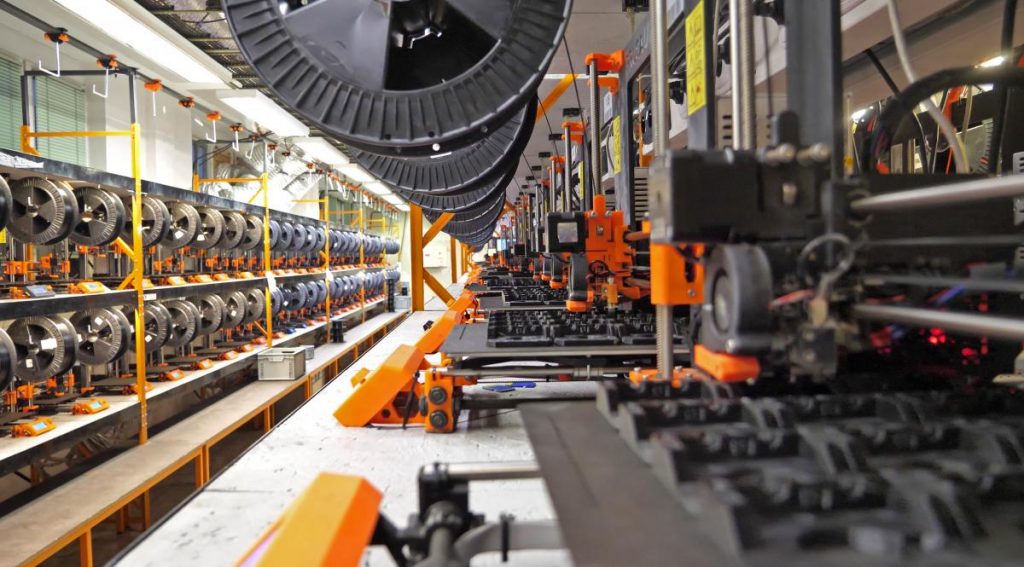- makeITcircular 2024 content launched – Part of Maker Faire Rome 2024Posted 2 weeks ago
- Application For Maker Faire Rome 2024: Deadline June 20thPosted 2 months ago
- Building a 3D Digital Clock with ArduinoPosted 7 months ago
- Creating a controller for Minecraft with realistic body movements using ArduinoPosted 7 months ago
- Snowflake with ArduinoPosted 8 months ago
- Holographic Christmas TreePosted 8 months ago
- Segstick: Build Your Own Self-Balancing Vehicle in Just 2 Days with ArduinoPosted 8 months ago
- ZSWatch: An Open-Source Smartwatch Project Based on the Zephyr Operating SystemPosted 9 months ago
- What is IoT and which devices to usePosted 9 months ago
- Maker Faire Rome Unveils Thrilling “Padel Smash Future” Pavilion for Sports EnthusiastsPosted 10 months ago
Hundreds of 3D Printers in One Room: It’s the New Prusa Printing Farm

In the summer of 2017 Prusa moved to a new building searching for more room.
In this new place they finally have enough space for a proper 3D Print Farm: they have a total of 300 3D printers at the moment, but the planned capacity is 500 by this summer.
The printer composition is a mix of Original Prusa I3 MK3 printers and MK2S with the addition of magnetic bed with removable steel sheet plates which saves a ton of time during the print removal for the 15 farm workers.
“All of the printed parts are made from PETG except for the fan-nozzle shroud, which is made from ABS to withstand higher temperatures. We use 2 kg spools to decrease the frequency of filament spool changes. Each printer can print a whole set of plastic parts for MK3 in 27 hours. Furthermore, the farm consumes about 3 tons of filament every month. With the maximum farm capacity, it will consume one ton of filament each week. Crazy!”
The farm operates 24/7, and each completed part then goes through the company’s quality control measures, where it’s cleaned if needed, its dimensions are verified, and holes are pre-drilled. The part is discarded if the company believes it’s not up to snuff.
“…using 3D printing gives us one huge advantage – thanks to 24/7 heavy load we cankeep innovating and upgrading our printers as we have to resolve every found issue. And in that case, injection molding is no longer a better solution. A 3D printer can also create much more complex parts than injection molding. And our workflow is also way simpler. As soon as we come up with a part improvement, we just test it, upload new gcode to the print farm and within hours we start shipping improved printers to our customers. Basically, we are leveraging one of the biggest advantages of 3D printing to the maximum.”














